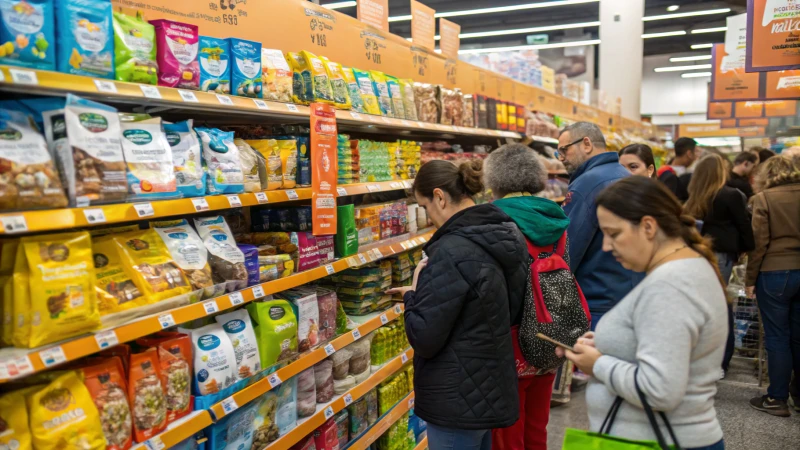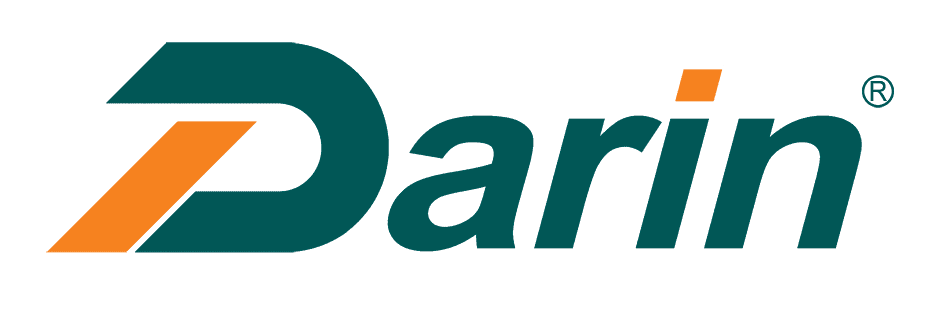
The pet food industry is a booming market, with diverse product categories catering to various consumer needs. However, not all pet food segments yield the same profitability. Differences in production costs, ingredient sourcing, brand positioning, and market demand significantly impact the profit margins of different pet food categories. Companies looking to optimize their profits must understand these variations to develop effective pricing and product strategies.
Profit margins in the pet food industry vary significantly across categories. Premium and specialized pet foods, such as organic, raw, and prescription diets, have the highest profit margins due to their premium pricing and brand positioning. In contrast, mass-market kibble and canned foods have lower margins due to intense competition and cost-sensitive consumers. Treats and supplements typically offer mid-to-high margins, driven by lower production costs and high consumer demand for premium options.
To maximize profitability, pet food manufacturers should analyze market trends, optimize production efficiencies, and target high-margin segments. This article breaks down the profit margin differences across pet food categories and provides insights into strategies for maximizing profitability.
Understanding Pet Food Categories and Their Profitability
Pet food is broadly categorized into different segments based on product type, ingredient quality, and market positioning. The profitability of each segment depends on factors like production costs, regulatory requirements, and consumer willingness to pay a premium.
1. Dry Kibble
Dry pet food, or kibble, is the most common and widely consumed pet food category due to its affordability and convenience.
| Fattore | Impact on Profit Margin |
|---|---|
| Production Cost | Basso |
| Competizione | Alto |
| Brand Differentiation | Moderato |
| Consumer Willingness to Pay More | Basso |
| Average Profit Margin | 10% - 20% |
- Why Margins Are Lower: Mass-market kibble faces high price competition, requiring cost-effective ingredient sourcing.
- How to Increase Margins: Premium kibble with high-protein or grain-free formulas can command higher prices and better margins.
2. Wet/Canned Pet Food
Canned pet food is a popular choice among pet owners who prioritize higher moisture content for their pets’ diets.
| Fattore | Impact on Profit Margin |
|---|---|
| Production Cost | Medium-High |
| Competizione | Medio |
| Brand Differentiation | Moderato |
| Consumer Willingness to Pay More | Moderato |
| Average Profit Margin | 15% - 25% |
- Why Margins Are Moderate: Higher ingredient and packaging costs limit profitability, but premium brands can charge more.
- How to Increase Margins: Using unique protein sources (e.g., lamb, venison) and marketing health benefits can justify premium pricing.
3. Raw and Freeze-Dried Pet Food
The raw pet food market has been growing due to the increasing demand for natural, minimally processed diets.
| Fattore | Impact on Profit Margin |
|---|---|
| Production Cost | Alto |
| Competizione | Basso |
| Brand Differentiation | Alto |
| Consumer Willingness to Pay More | Alto |
| Average Profit Margin | 30% - 50% |
- Why Margins Are High: Consumers perceive raw diets as healthier, justifying premium prices.
- How to Increase Margins: Expanding freeze-dried raw food lines reduces shipping costs and increases convenience, appealing to more buyers.
4. Organic and Natural Pet Food
Organic pet food appeals to health-conscious pet owners willing to pay a premium for high-quality ingredients.
| Fattore | Impact on Profit Margin |
|---|---|
| Production Cost | Alto |
| Competizione | Medio |
| Brand Differentiation | Alto |
| Consumer Willingness to Pay More | Alto |
| Average Profit Margin | 25% - 40% |
- Why Margins Are High: Organic certification and premium ingredients create brand exclusivity.
- How to Increase Margins: Using sustainable packaging and ethical sourcing can further attract high-spending customers.
5. Prescription and Veterinary Diets
Veterinary pet food is designed for pets with specific health conditions and is often sold through vets.
| Fattore | Impact on Profit Margin |
|---|---|
| Production Cost | Medium-High |
| Competizione | Basso |
| Brand Differentiation | Alto |
| Consumer Willingness to Pay More | Very High |
| Average Profit Margin | 35% - 50% |
- Why Margins Are High: Prescription pet food benefits from limited competition and strong consumer trust.
- How to Increase Margins: Partnering with veterinarians and offering subscription services can enhance customer retention and profits.
6. Pet Treats
The pet treat segment is highly lucrative due to its lower production costs and high consumer demand.
| Fattore | Impact on Profit Margin |
|---|---|
| Production Cost | Low-Medium |
| Competizione | Alto |
| Brand Differentiation | Alto |
| Consumer Willingness to Pay More | Alto |
| Average Profit Margin | 30% - 50% |
- Why Margins Are High: Pet owners often purchase treats impulsively and are willing to spend on premium options.
- How to Increase Margins: Introducing functional treats with added health benefits (e.g., dental, joint support) can justify premium pricing.
7. Pet Supplements
The pet supplement market is growing rapidly, driven by increasing awareness of pet health.
| Fattore | Impact on Profit Margin |
|---|---|
| Production Cost | Basso |
| Competizione | Medio |
| Brand Differentiation | Alto |
| Consumer Willingness to Pay More | Very High |
| Average Profit Margin | 40% - 60% |
- Why Margins Are High: Supplements have lower production and storage costs, allowing for premium pricing.
- How to Increase Margins: Developing veterinarian-recommended supplements and subscription models can boost sales.
Profitability Breakdown by Category
| Pet Food Category | Average Profit Margin | Domanda di mercato | Price Sensitivity |
|---|---|---|---|
| Dry Kibble | 10% - 20% | Alto | Alto |
| Wet/Canned Food | 15% - 25% | Medio | Medio |
| Raw/Freeze-Dried | 30% - 50% | Growing | Basso |
| Organic/Natural | 25% - 40% | Alto | Basso |
| Prescription Diets | 35% - 50% | Niche | Molto basso |
| Treats | 30% - 50% | Very High | Medio |
| Supplements | 40% - 60% | Growing | Molto basso |
Strategies to Maximize Profit Margins
- Focus on Premiumization: Higher-end products (organic, raw, prescription) command better margins.
- Brand Loyalty and Subscriptions: Offering subscription models increases repeat purchases and customer retention.
- Efficient Ingredient Sourcing: Establishing long-term contracts with suppliers helps stabilize costs.
- Invest in Product Innovation: Developing unique formulations (e.g., novel proteins, CBD-infused pet food) differentiates brands and supports higher pricing.
- Enhance E-commerce Strategies: Direct-to-consumer sales via online platforms reduce retailer markups and improve margins.
Conclusion: Identifying the Most Profitable Pet Food Segment
While dry kibble and wet pet food dominate market share, raw, organic, prescription diets, and supplements offer the highest profit margins due to their premium positioning and lower price sensitivity. Pet food companies aiming to maximize profitability should strategically invest in high-margin categories, leverage e-commerce channels, and explore innovative formulations to stay ahead in the competitive market.
Contact Us for Expert Market Analysis
Looking to expand into high-margin pet food categories? Our industry experts can help you develop profitable product strategies. Get in touch today!


